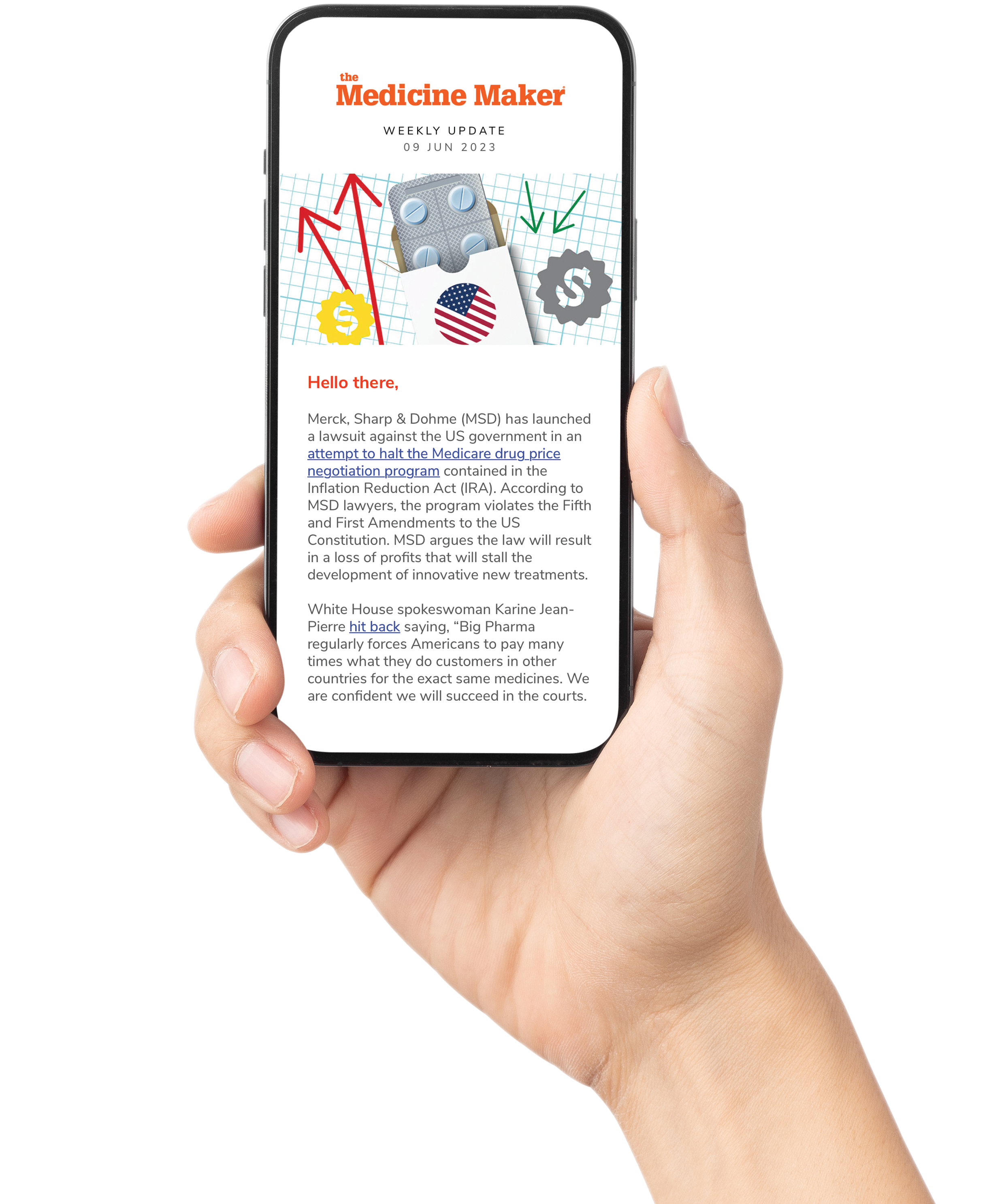
As interest in GLP-1 receptor agonists for diabetes and weight-loss surges, public health authorities on both sides of the Atlantic are raising serious safety concerns. The FDA has warned about growing risks linked to unapproved and compounded GLP-1 drugs - including semaglutide and tirzepatide - while the European Medicines Agency (EMA) is issuing a stark alert about a sudden rise in illegal GLP-1 products being sold online across the European Union.
On 8 August 2025, the FDA updated its post-market safety communication to highlight grave concerns over unapproved versions of GLP‑1 medications marketed for weight loss. Such products bypass FDA review and may lack proven safety, efficacy, and quality.
Compounded versions are under special scrutiny. These are not subject to FDA pre-market evaluation, but the agency has received numerous reports of adverse events from compounded semaglutide and tirzepatide, including hospitalizations connected with dosing errors. As of 31 July 2025, the FDA had logged 605 reports related to compounded semaglutide and 545 reports tied to compounded tirzepatide.
The FDA also flagged cases of fraudulent compounded GLP‑1 drugs, where labels misrepresent pharmacy sources. One reported adverse event involved an injection site reaction—redness, swelling, and pain—from a purported compounded tirzepatide product made by a pharmacy that had not actually produced it U.S. Food and Drug Administration.
Beyond compounding, the FDA is tracking counterfeit GLP‑1 products, notably Ozempic (semaglutide), gradually infiltrating supply chains. These counterfeits may contain wrong, no, or harmful ingredients, including unsterile needles posing infection risks.
On 3 September 2025, the EMA also sounded an alarm over a sharp rise in illegal medicines marketed as GLP‑1 agonists, including semaglutide, liraglutide, and tirzepatide, being sold via fraudulent websites, social media ads, and fake profiles.
Such products are unauthorized and lack the quality, safety, and efficacy established for approved medicines. EMA warns they may contain none of the claimed active ingredient—or dangerous substances—and can result in treatment failure, serious adverse reactions, or harmful interactions.
Authorities have uncovered hundreds of fake profiles and listings, many hosted outside the EU, that misuse official logos or falsely claim endorsements to mislead consumers. To counter this threat, national regulators are coordinating enforcement actions including product recalls, web‑site blocking, and cross-border collaboration to shut down illicit sellers.
While separated by continents, the FDA and EMA face a common challenge: the burgeoning popularity of GLP‑1 therapies has spawned a parallel surge in illicit, unregulated drug forms.
These coordinated warnings underscore that regulatory oversight is vital. As the popularity of GLP-1 treatments continues, authorities on both sides of the Atlantic are uniting in resolve: safe medicines must be legitimate, and vigilance is paramount.




